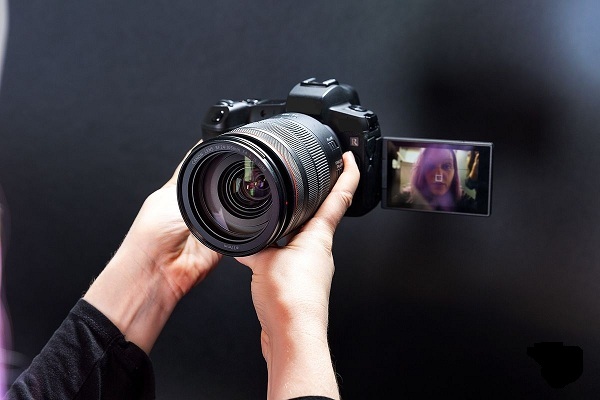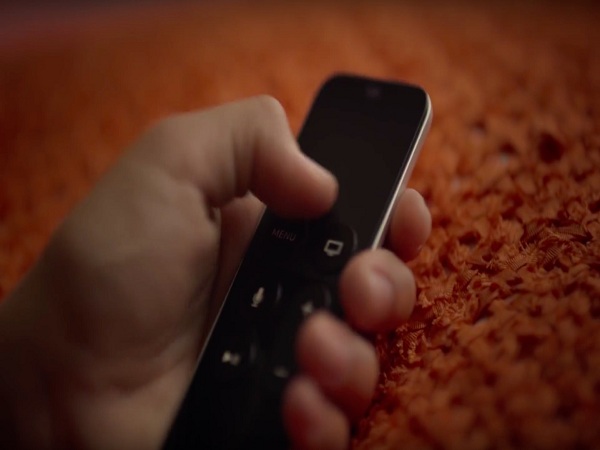How to Use Digital Camera as a Webcam
If you want to take a meeting with your Office colleague or
boss, then you should have a powerful HD camera that provides premium quality
for video conferencing. If your device hasn’t a reliable built-in camera that
gives a rich quality picture as Webcam, then you can use your mirrorless
digital camera for the same task as it delivers enhanced resolution video
chats. Users can use DSLR cameras for the same use to boost the quality of
their videos for online meetings and conversations.
Below is the important information that you can avail of various
benefits in the direction of video calling with enhanced quality. Follow these
guidelines to know more about the Digital camera and using it as Webcam:
Using your Camera as
Webcam
The Webcam camera always depends on the quality and the edition
of the particular shooting resolution of the camera. So, it directly depends on
the camera that you are going to use as a Webcam. There are various cameras
available that are equipped with first part software and device drivers with
upgraded quality equipment that can be used as Webcam. These cameras are point
and shoot cameras, and they are compact in size also.
Nowadays, these first part software cameras don’t stand on the
demand of users. Users can use third-party software cameras for this purpose,
and these cameras are available in a large variety such as Canon and Nikon,
etc. This software provides premium quality features, but they aren’t free.
The latest cameras that come with enhanced graphics quality.
This series includes one of the best cameras of this age, such as DSLR and
mirrorless cameras. They provide clear cut HDMI output quality that means that
there is no chance of overlays on the displays. These cameras will need
additional hardware to work as a Webcam, and it will work with any of the
future cameras.
Hardware for Using these
Cameras
In case you wish to use your camera as a Webcam, then you will
need something that works as a standing camera for you, such as a tripod. Then,
you should need something that can boost the power of your camera. Using a USB
cord for power is not a good option.
§ For
DSLR and mirrorless cameras, you need a dummy battery that will set into the
battery socket and then plug into the power source.
The Overall process must need either of the two options:
§ USB to
USB cord that comes with the camera set
§ Mini
HDMI to HDMI cord
§ Finally,
you should require a capturing device to capture the image.
Using Cameras’s Software
First of all, it is advised to check your camera’s compatibility
for this feature and ensures whether it supports the particular feature or not.
If yes, then proceed using the same camera device; otherwise, you should change
your device.
§ If you
wish to check whether it supports the feature or not, then you have to go
through the user manual and read it properly related to your camera software.
You can search for the software downloaded for your specific camera edition on
the website of the camera manufacturer.
§ You can
know your camera edition and other related information on the web browser. For
example, GoPro hero -3 Webcam, Google will help you in this regard. Then,
notice when the web portal teaches how to capture cards and HDMI adapters, then
it means that’s the procedure that you have to understand for using the Webcam
with your camera. It can be used over the older edition of the USB drive.
§ When
you have installed your desired driver, then your camera will be identified as
a capturing device by your PC or Mac.
§ Now,
you may select the device as input one, and you can use any video conferencing
and meeting applications such as Skype, MS Teams, Slack, Discord or FaceTime,
etc.
§ In case
your camera doesn’t support this feature, don’t frustrate as various other cameras
point and shoots support this action. You can use other options such as third
party applications if your DSLR or mirrorless camera doesn’t support the same.
Mathew Anderson is a
self-professed security expert; he has been making the people aware of the
security threats. His passion is to write about Cyber security, cryptography,
malware, social engineering, internet and new media. He writes for directory
Websites at Antivirus Blogs.
source : Digital
Camera



Comments
Post a Comment